Ontdek verschillende innovatieve en goed presterende. grind steen wit geel op Alibaba.com om uw brouwproces te verbeteren en consistente smaken te ervaren. De juiste machine stelt u in staat om efficiënt en met de hoogst mogelijke kwaliteit bonensmaken te extraheren. Belangrijkste selectiefactoren voor. grind steen wit geel omvatten de maalinstellingen, snelheid, capaciteit en het gebruiksgemak en de reiniging. Kies keramische en stalen materialen voor duurzaamheid. grind steen wit geel.
Alibaba.com biedt flexibiliteit en kwaliteit. grind steen wit geel die verschillende mechanismen bieden voor verschillende maalgroottes. Elke machine heeft een unieke manier om het aroma en de smaak te extraheren voor het maken van verschillende koffiedranken. Sommige. grind steen wit geel bevatten slijpmessen en een timer waarmee de gebruiker de grootte van de grond kan bepalen. Ze zijn betaalbaar en gemakkelijk te gebruiken voor nieuwe beginners. Groter, moderner. grind steen wit geel inclusief dubbele bramen om koffiebonen fijn te malen om een fijnere en consistentere grond te krijgen.
De meeste. grind steen wit geel voor commerciële doeleinden bieden weinig of geen statische lading en werken efficiënt bij lage snelheden om een fijne aarde te leveren. Sommige hebben een set tandwielen voor het variëren van de slijpsnelheid. Afhankelijk van uw favoriete brouwproces, de gangbare stijlen voor. grind steen wit geel om uit te kiezen zijn onder meer doseermachines en niet-doseermachines. Beide. grind steen wit geel bevat een trechter waarin u de bonen maalt voordat u ze naar een koffiehouder of dispenser leidt.
Blader door Alibaba.com voor een echte. grind steen wit geel aanbiedingen en verbluffende kortingen van geaccrediteerde fabrikanten en distributeurs. Ontdek verschillende soorten en stijlopties voor commerciële en thuisbrouwdoeleinden. Overweeg elektrische en zeer draagbare handmatige slijpmachines.
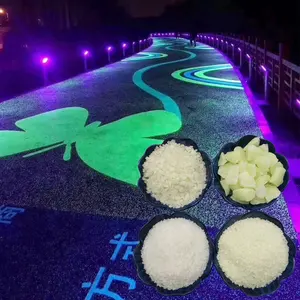



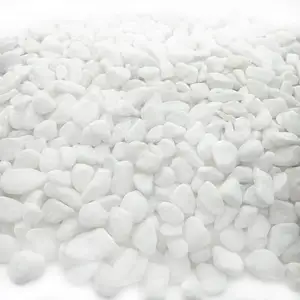

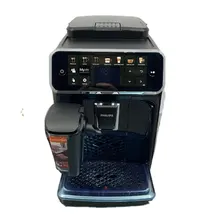
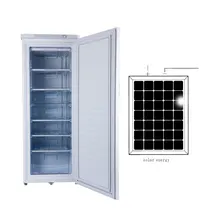
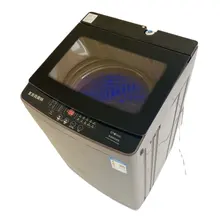



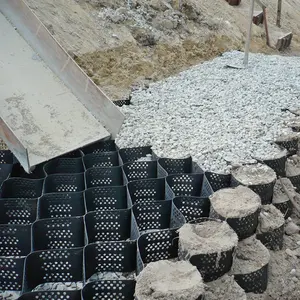
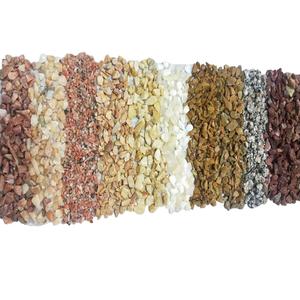


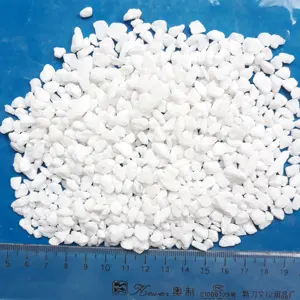

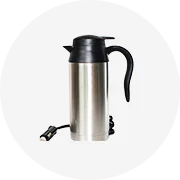



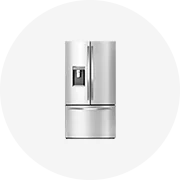
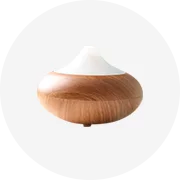

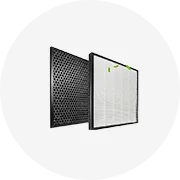



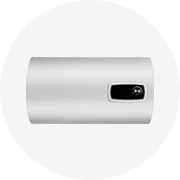









 浙公网安备 33010002000092号
浙公网安备 33010002000092号 浙B2-20120091-4
浙B2-20120091-4